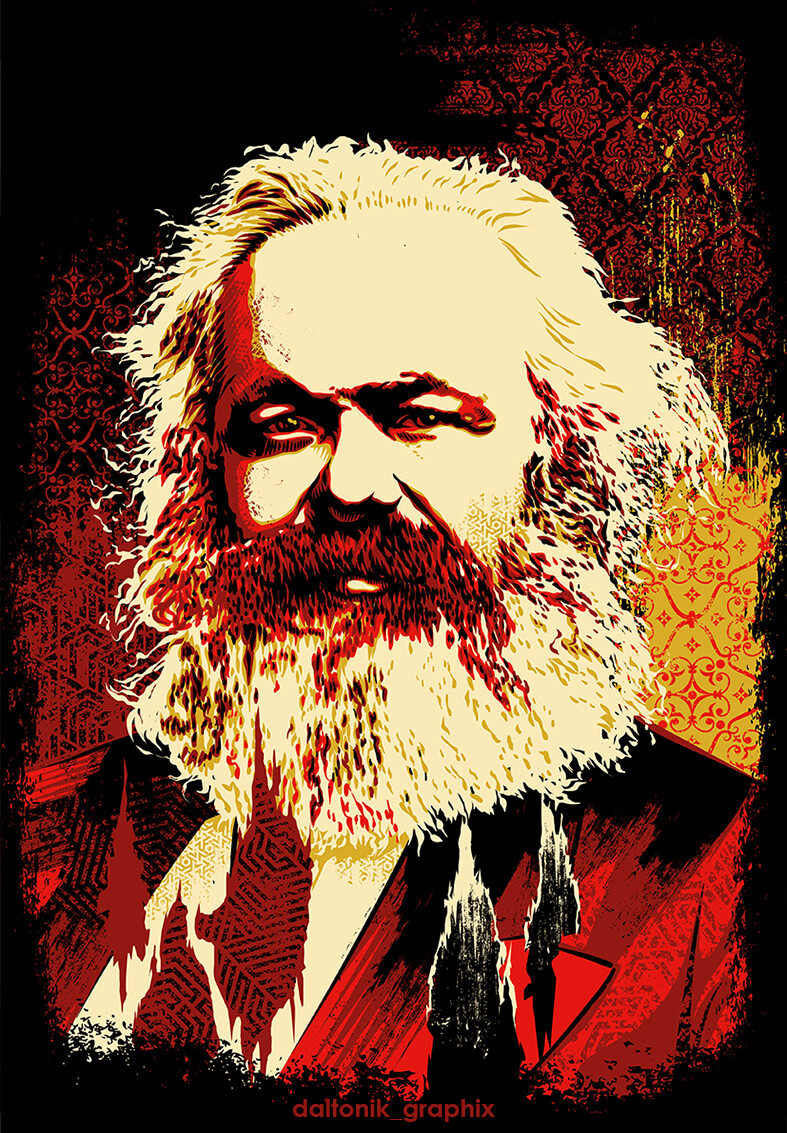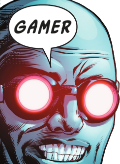Fred Hampton, deputy chairman of the Illinois chapter of the Black Panther Party, was born on August 30, 1948 and raised in the Chicago suburb of Maywood, Illinois. In high school he excelled in academics and athletics. After Hampton graduated from high school, he enrolled in a pre-law program at Triton Junior College in River Grove, Illinois. Hampton also became involved in the civil rights movement, joining his local branch of the National Association for the Advancement of Colored People (NAACP). His dynamic leadership and organizational skills in the branch enabled him to rise to the position of Youth Council President. Hampton mobilized a racially integrated group of five hundred young people who successfully lobbied city officials to create better academic services and recreational facilities for African American children.
In 1968, Hampton joined the Black Panther Party (BPP), headquartered in Oakland, California. Using his NAACP experience, he soon headed the Chicago chapter. During his brief BPP tenure, Hampton formed a “Rainbow Coalition” which included Students for a Democratic Society, the Blackstone Rangers, a street gang and the National Young Lords, a Puerto Rican organization. Hampton was also successful in negotiating a gang truce on local television.
In an effort to neutralize the Chicago BPP, the Federal Bureau of Investigation (FBI) and the Chicago Police Department placed the chapter under heavy surveillance and conducted several harassment campaigns. In 1969, several BPP members and police officers were either injured or killed in shootouts, and over one hundred local members of the BPP were arrested.
During an early morning police raid of the BPP headquarters at 2337 W. Monroe Street on December 4, 1969, twelve officers opened fire, killing the 21-year-old Hampton and Peoria, Illinois Panther leader Mark Clark. Police also seriously wounded four other Panther members. Many in the Chicago African American community were outraged over the raid and what they saw as the unnecessary deaths of Hampton and Clark. Over 5,000 people attended Hampton’s funeral where Reverends Ralph Abernathy and Jesse Jackson of the Southern Christian Leadership Conference eulogized the slain activist. Years later, law enforcement officials admitted wrongdoing in the killing of Hampton and Clark. In 1990, and later in 2004, the Chicago City Council passed resolutions commemorating December 4 as Fred Hampton Day.
Why the US government murdered Fred Hampton
Megathreads and spaces to hang out:
- ❤️ Come listen to music and Watch movies with your fellow Hexbears nerd, in Cy.tube
- 💖 Come talk in the New Weekly Queer thread
- 💛 Read and talk about a current topics in the News Megathread
- ⭐️ August Movie Nominations ⭐️
reminders:
- 💚 You nerds can join specific comms to see posts about all sorts of topics
- 💙 Hexbear’s algorithm prioritizes comments over upbears
- 💜 Sorting by new you nerd
- 🌈 If you ever want to make your own megathread, you can reserve a spot here nerd
- 🐶 Join the unofficial Hexbear-adjacent Mastodon instance toots.matapacos.dog
Links To Resources (Aid and Theory):
Aid:
Theory:


The classic 2010s question: how did you resolve the Bloody Baron questline in The Witcher 3?
question: how did you resolve the Bloody Baron questline in The Witcher 3?
spoiler warning for an 8yo game lmao
Gonna be doing the kill the spirit/fuck them kids route in my current playthrough unless someone has a really good counter argument. My reasoning:
The spirit is almost certainly evil: dozens have been killed by her influence at the whispering hillock, an in-game text (albeit one of questionable provenance) says she's evil, and if you release her she kills a whole village. Letting that thing back into the world unrestricted seems like a bad idea.
Yes, the five bog children getting eaten sucks, but at least that many will die in the village, and I'd bet there's more where that came from when the spirit is free.
Lastly, with metagaming perspective we know 2/3 of the crones get iced in the main story. To look at the big picture, the choice is between two malignant entities being left standing (spirit and crone) or just one (the lone crone). Seems pretty cut and dry from that perspective.
deleted by creator